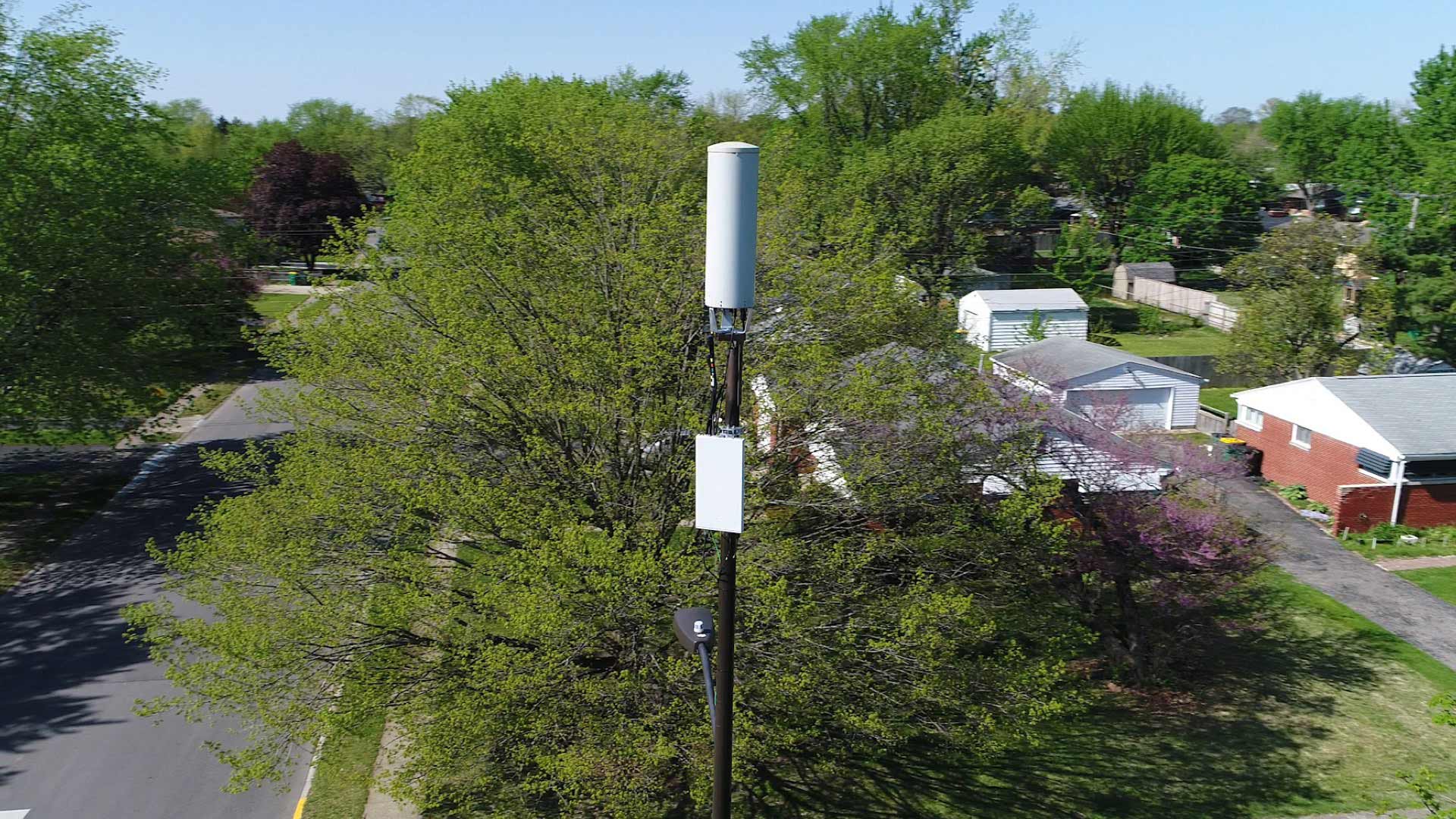If you've ever walked through a town, you may have seen tiny cell towers for 5G on the poles of street lights. They look like small boxes however they're actually sending wireless signals from cellular providers to your mobile.
These smaller towers are replacing larger built cell towers. While they're less noticeable but they can still create problems for those who live nearby.
It is the Federal Communications Commission's Radiation Exposure Thresholds
The FCC's Radiation Exposure Thresholds determine the safe distance that one can expose to electromagnetic radiation from wireless devices. The limits for exposure are based on scientific data which prove that electromagnetic energy can cause harm to health.
The absorption rate specific (SAR) is a measure of the radiofrequency energy taken up by tissues. It is typically 1.6 watts per kilogram, spread over a kilogram of tissue.
However, because what is a safe distance from a cell tower transmits at higher frequencies, it has the potential to cause greater energy intensity on the skin and other directly-exposed body parts. This could lead to a wide range of potential problems, including an increased appearance of skin disorders like dermatitis, skin cancer and cataracts.
Due to the possible harmful effects of radiation from 5G, PSU has chosen to establish a general, localized power density limit of 4 mW/cm2 based on the average on 1cm2, but not to exceed 30 minutes for all 5G services at 3000 GHz. This limit for localization is in line with the highest spatial-average SAR of 1.6 W/kg averaged over 1 5 grams of body tissue, at 6 GHz.
The FCC's Maximum Exposure Thresholds for Maximum Exposure
If you've ever used a mobile phone, you probably know that the safest location from the tower is around 400 meters away. This is because the transmitting power of the cell tower is significantly increased the further away your location from the tower.
While this sounds like a good idea but the truth is that those living close to towers could be more prone to health issues. For instance, a study conducted in 2014 in India found that those living within 50 meters of cell towers had much more health problems than those who were distance from them.
This study showed that residents who moved to areas that were further from the cell towers saw their symptoms return to normal within a couple of days. Studies have also shown that exposure to high amounts of electromagnetic field radiofrequency (EMFs) can lead to cancer, brain tumors as well as other health issues.
This is due to the fact that radiofrequency radiation, used in wireless communication, can be absorbed by the body's outer layer, called the skin. This is vital to be aware of since the skin functions as a protective barrier against injuries caused by mechanical forces, infections caused by pathogenic microorganisms and entry of toxic substances. The skin is the most important organ in the human body. It is responsible for keeping the integrity of other organs.
The FCC's Minimum Exposure Thresholds for the Minimum Exposure

The FCC's Minimum Exposure Thresholds rely on various assumptions that aren't supported by scientific evidence. This includes the false assumption that short-term exposures to RF radiation are safe because of the minimal absorption into body (i.e., tissue heating).
The assumption also ignores the more extensive penetration of ELF parts of the modulated RF signal, as well as the effect of brief bursts of heat from pulsed RF waves. These assumptions are not in line with the current understanding of biological consequences of RF radiation. Therefore, what is a safe distance from a cell tower should not be considered for health protection exposure guidelines.
Additionally, https://online.jamschool.ru/users/platemay02/activity/38692/ and FCC restrict its maximum levels of radiation exposure for local peak SARs that are based on the peak frequency of absorption (psSAR), which can be described as not a reliable dosimetric instrument to determine the degree of exposure to RF radiation. Particularly it is inconclusive when frequencies exceed 6 GHz. Furthermore, psSAR has not been evaluated for RF radiation that is exposed to other environmental agents such like sunlight. In the event of interactions, RF radiations with different environmental agents could produce synergistic or antagonistic impacts. This can lead to the risk of having adverse health consequences. For example, exposure to RF radiation with sunlight may increase the risk of developing skin cancer, and may also exacerbate other skin disorders, such as acne.
